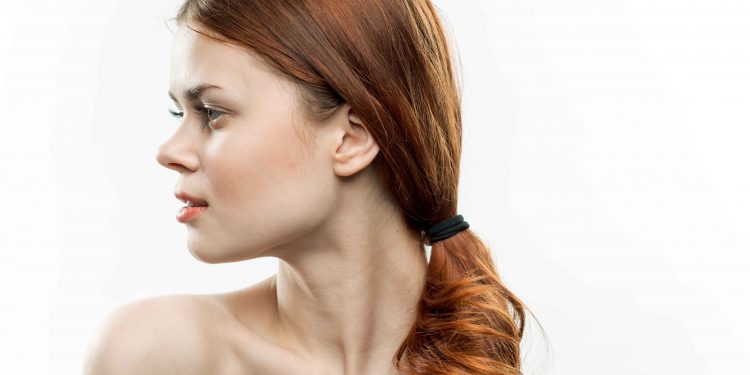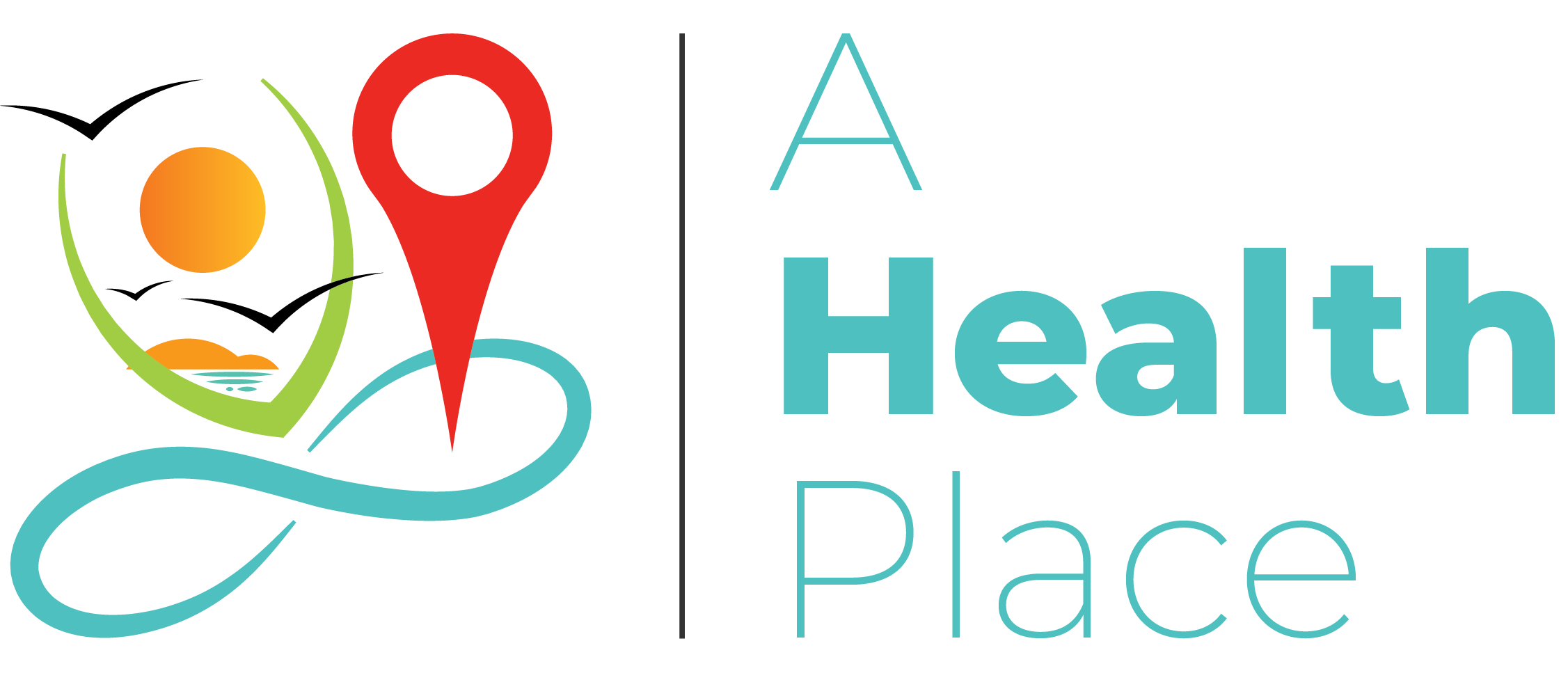Hair Bands are a popular accessory used to keep hair in place, enhance hairstyles, or compliment an outfit. While they may seem harmless, frequent use can have effects on both the scalp and hair health. This blog explores how hairbands impact your hair and scalp, discussing the potential benefits and drawbacks, and providing tips on how to use them safely.
The Effects of Hairbands on the Scalp
- Scalp Tension and Discomfort
Tight hair bands can create tension on the scalp, which may lead to discomfort or even headaches. This tension, known as traction, occurs when hair is pulled too tightly for extended periods, placing stress on the hair follicles. Over time, this can cause irritation and lead to conditions such as traction alopecia, a form of hair loss resulting from consistent pulling on the hair. - Restricted Blood Circulation
When hair bands are too tight, they can impede blood flow to the scalp. Healthy blood circulation is essential for delivering nutrients and oxygen to hair follicles, supporting healthy hair growth. When circulation is limited, it may contribute to weaker hair growth or even exacerbate hair thinning. - Scalp Irritation
Certain materials used in hairbands, such as rubber or synthetic fabrics, can cause scalp irritation for some individuals. The friction between the band and the scalp may lead to itching, redness, or even minor abrasions. For people with sensitive skin or scalp conditions like eczema or psoriasis, this irritation can worsen their symptoms.
The Effects of Hairbands on Hair
- Hair Breakage and Split Ends
Frequent use of hairbands, particularly those made of rough materials or with metal parts, can cause hair breakage. When hair is tied too tightly or repeatedly, the friction and pressure on the hair shaft can weaken it, leading to split ends and breakage. Elastic bands or those with metal clasps are especially notorious for causing damage, as they tend to snag and pull on the hair. - Hair Deformation
Hair Bands can leave dents or kinks in the hair, especially if worn for long periods. This effect occurs because the pressure of the band reshapes the hair strands, making it difficult to achieve a smooth look without restyling. Over time, this deformation can lead to more tangling and increased breakage. - Increased Hair Shedding
When removing a hairband, it is common for some hair to get caught and pulled out. While a small amount of hair shedding is normal, frequent tugging can cause more hair to fall out than usual. Hairbands with poor elasticity or rough surfaces can exacerbate this problem, making hair appear thinner over time.
How to Minimize the Negative Effects of Hairbands
- Choose the Right Material
Opt for hairbands made from gentle, fabric-covered materials, such as silk or satin. These materials create less friction and reduce the risk of hair breakage and scalp irritation. Avoid hair bands with metal clasps or rough elastic as they tend to cause more damage. - Avoid Wearing Hair Bands Too Tightly
Tying hair too tightly can increase tension on the scalp and lead to breakage. Instead, aim for a looser fit that still keeps hair in place but minimizes stress on the follicles. Alternating hairstyles to reduce tension in one area of the scalp can also help prevent traction alopecia. - Change Hair Band Placement Regularly
Frequently changing where you tie your hair can reduce the chances of hair breakage in one spot. If you usually tie your hair at the same point every day, try shifting the placement to reduce the wear and tear on a specific area. - Limit Hairband Use Overnight
Avoid wearing hair bands to bed, as prolonged pressure can worsen the effects on your scalp and hair. If you need to keep your hair contained while sleeping, consider using a loose braid or a soft scrunchie instead. These alternatives are gentler and help maintain hair health. - Use Moisturizing Products
Hair that is well-moisturized is less prone to breakage and split ends. Regularly conditioning your hair and applying leave-in treatments can strengthen the strands, making them more resistant to the potential damage caused by hairbands.
Hairbands and Different Hair Types
- Fine Hair
People with fine hair may experience more damage from hair bands due to the delicate nature of their strands. Thin hair is more susceptible to breakage, so choosing soft, fabric-covered headbands and avoiding tight styles is essential. - Curly Hair
Curly hair tends to be more fragile due to its structure, which can lead to increased breakage when using hairbands. Opt for spiral or coiled hair bands that distribute pressure more evenly and help preserve the curl pattern. Avoid styles that pull curls tightly as it can disrupt the natural texture. - Thick Hair
Those with thick hair often need stronger headbands to keep their hair in place, but thicker bands can also cause more tension on the scalp. Choose hair bands specifically designed for thick hair that provide a secure hold without excessive tightness.
When Hairbands can be Beneficial
- Keeping Hair Out of the Face During Activities
Hair Bands are useful for keeping hair away from the face during physical activities such as exercise, sports, or outdoor work. This can help prevent sweat from causing irritation or acne breakouts on the forehead and keep hair from becoming tangled. - Protective Hairstyles
When used correctly, hairbands can help create protective hairstyles that minimize exposure to environmental damage. Loose buns, braids, or ponytails can protect hair from wind, sun, and pollution. - Enhancing Styling Options
Hairbands can be used creatively to add volume or achieve different styles, offering versatility in daily hair routines. They can also serve as a quick fix for bad hair days or when there is limited time to style hair.
Alternatives to Hairbands
- Claw Clips
Claw clips can hold hair in place without creating the same tension as headbands. They are less likely to cause breakage and can be used to create a variety of styles. - Hair Sticks or Pins
For securing buns or updos, hair sticks or pins are a gentle alternative that can minimize damage to both hair and scalp. - Silk Scrunchies
Silk scrunchies are a softer option compared to traditional elastic bands. They reduce friction and help maintain the integrity of the hair.
Hair Bands are a convenient tool for managing hair, but they can have both positive and negative effects on scalp health and hair quality. By understanding the potential risks and taking steps to minimize damage, such as choosing the right materials and avoiding tight hairstyles, you can enjoy the benefits of hair bands without compromising the health of your scalp and hair.










